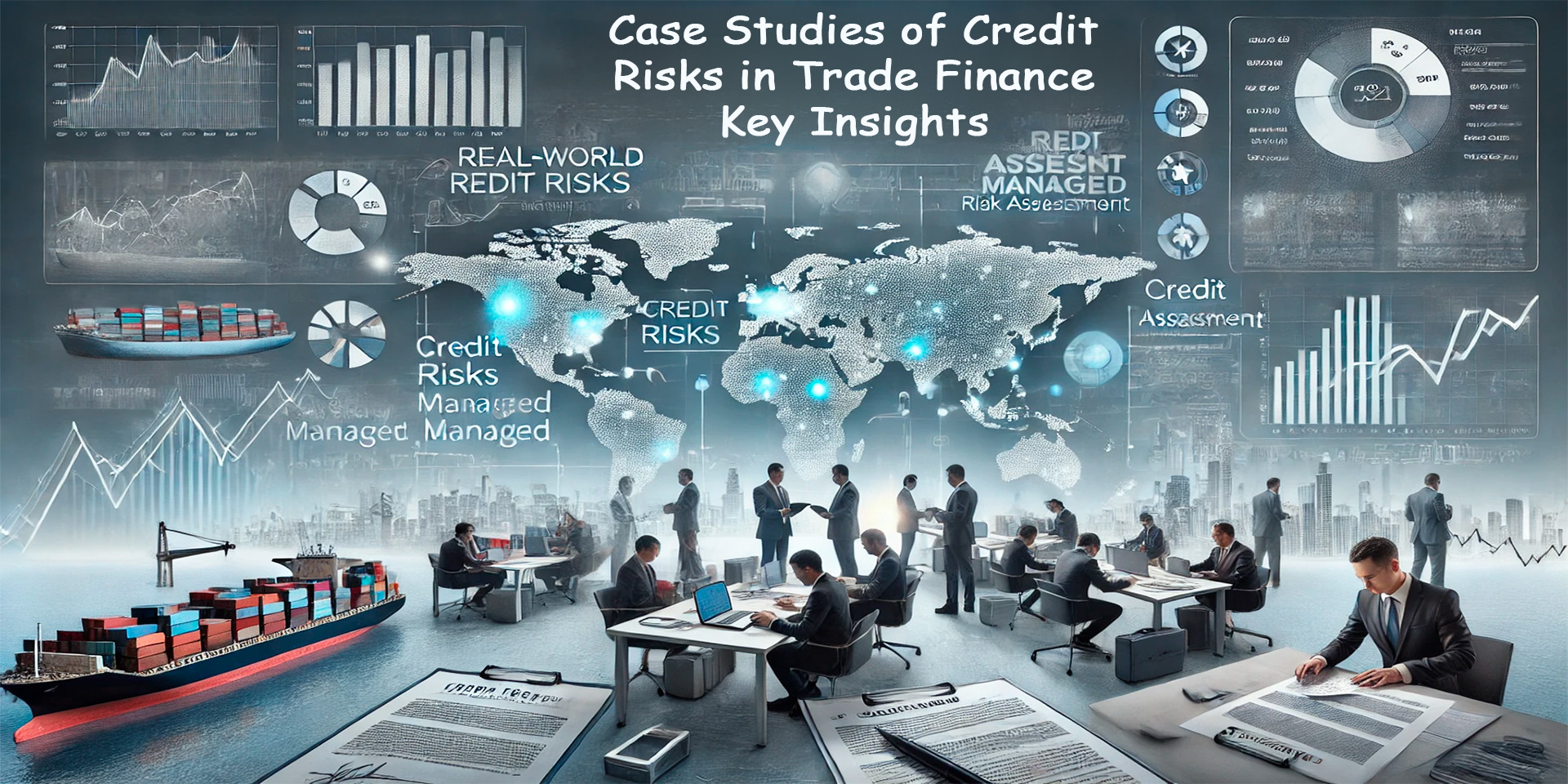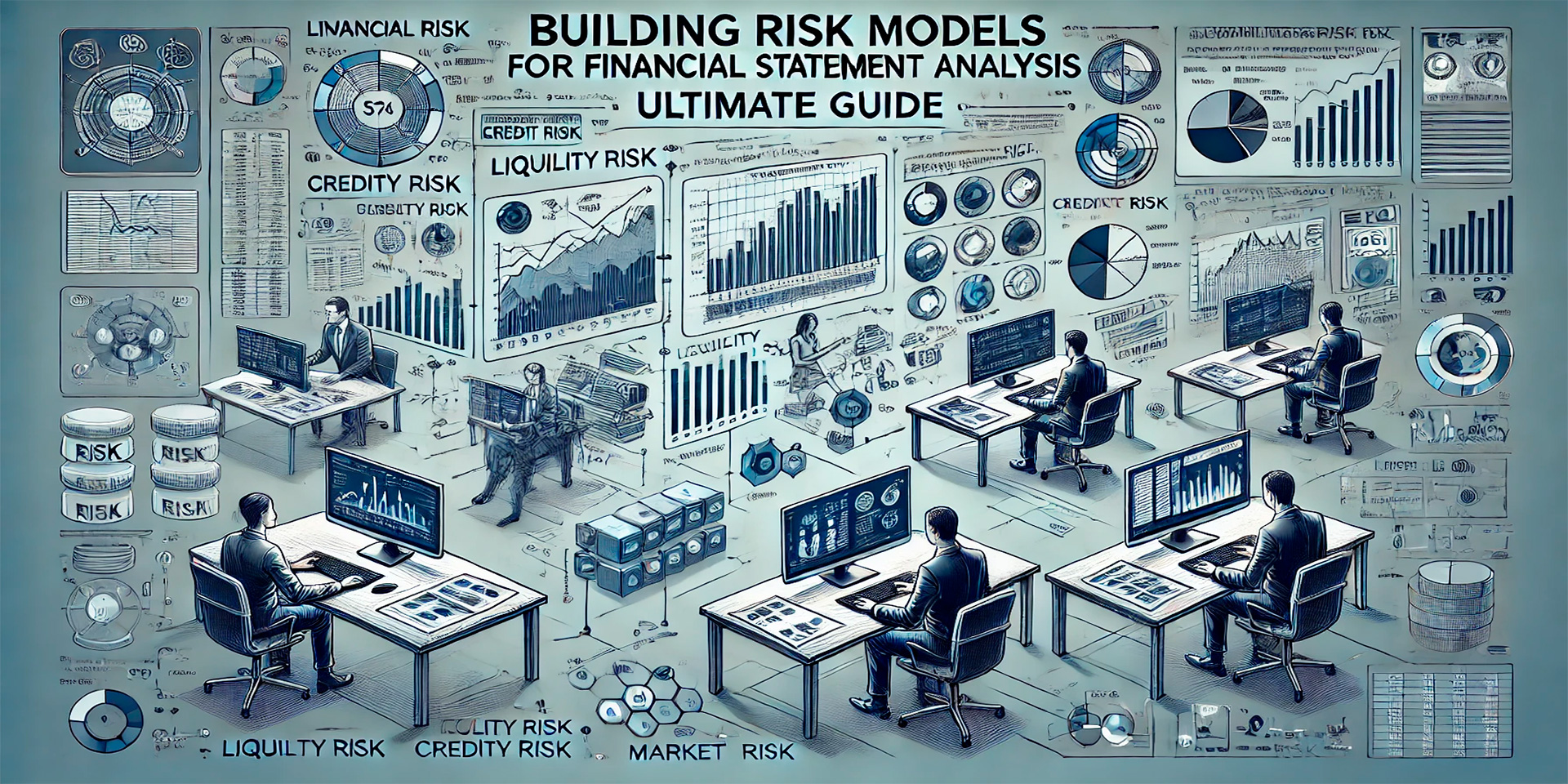Credit risks in trade finance come in many forms, like customer risk, country risk, and counterparty risk. For instance, a German exporter used forward contracts to guard against currency shifts, showing how companies can protect earnings and margins. Political instability, like the Russia-Ukraine conflict, wreaks havoc on credit decisions with increased payment delays, defaults, and sanction complexities.
To combat these risks, tools such as trade credit insurance and letters of credit are vital. Trade credit insurance helps businesses secure payments even when buyers default, stabilizing cash flow and fortifying relationships. Letters of credit ensure buyer banks guarantee payment, creating transaction confidence. This approach intertwines well with digitalization, which boosts efficiency and transparency, critical in today’s fast-paced trade environment.
COVID-19 catalyzed a shift, making risk assessment stricter and supply chains more vulnerable. Yet, digitalization and robust financial risk management can mitigate these challenges. Implementing these strategies will help ensure resilient, smooth trade operations and safeguard financial interests against future uncertainties, effectively addressing credit risks in trade finance.
What Are The Common Types Of Credit Risks In Trade Finance?
The common types of credit risks in trade finance include:
- Customer Risk (Commercial Risk): You face this risk when your trading partner either cannot or will not pay or deliver as agreed.
- Country Risk (Political Risk): This risk emerges from government actions or regulations, like war, trade regulation changes, or currency restrictions, impacting trade.
- Financial Risk: You encounter this risk with fluctuations in currency rates, interest rates, and commodity prices.
- Counterparty Risk: This risk involves the creditworthiness and reliability of your buyers, affecting their ability and willingness to meet contractual obligations.
- Operational Risk: This involves issues with internal processes, people, systems, or external events affecting your operations.
- Liquidity Risk: You may not be able to meet short-term financial obligations, affecting your cash flow.
- Legal Risk: This arises from unclear contract terms or potential legal actions.
- Settlement Risk: This risk occurs when one party fails to deliver the agreed terms (payment or goods) on time.
- Fraud Risk: You may encounter risks related to fraudulent activities by any party involved in the trade.
- Compliance Risk: This involves failing to comply with laws, regulations, and standards, potentially leading to legal issues.
As a final point, understanding these common credit risks in trade finance empowers you to navigate trade more effectively and safeguard your financial interests.
How Does Political Risk Affect Credit Decisions In Trade Finance?
Political risk significantly impacts your credit decisions in trade finance. Instability, terrorism, sanctions, or expropriation can disrupt your trading partners’ ability to meet their obligations. Here’s how this affects you:
- Non-Payment Risk: You might face defaults or delays if political turmoil hampers local companies from paying you.
- Currency and Economic Policies: Sudden changes can block payments or inflate costs, affecting your partners’ creditworthiness.
- Insurance Needs: You should consider Political Risk Insurance (PRI), which can influence your credit decisions by covering potential losses from political events.
- Supply Chain Diversification: Diversifying your supply chain across multiple countries helps you lower exposure and improve credit assessments.
- Risk Assessment and Due Diligence: Carefully assess political climates to make informed trade decisions.
- Increased Financing Costs: Political instability often leads to higher interest rates or stricter credit terms.
Bringing it all together—by understanding how political risk affects credit decisions in trade finance, you can take steps like diversifying supply chains, securing insurance, and conducting thorough risk assessments to manage your international operations smoothly.

What Real-Life Case Studies Highlight The Impact Of Currency Fluctuations On Credit Risk?
Real-life case studies that highlight the impact of currency fluctuations on credit risk include:
- A German car exporter in 2018 reduced its earnings volatility by using a forward contract with a US bank. This contract allowed the company to lock in a specific exchange rate for its transactions.
- A Japanese electronics company exporting to Europe used a currency swap with a European bank. This swap enabled the company to exchange yen for euros at a fixed rate, shielding its financial performance from exchange rate swings.
- TechGlobe, a U.S.-based electronics retailer, faced increased costs when the USD/EUR exchange rate shifted from 1.10 to 1.20. This 10,000-dollar rise illustrates how currency fluctuations can impact profit margins.
- A U.S. multinational used a currency option provided by investors. This option allowed the company to buy or sell currencies at predetermined rates, helping to mitigate credit risk from currency fluctuations.
- Firms with foreign currency debt often face increased credit risk when local currencies depreciate. For instance, a 10% depreciation raised the probability of loan delinquency by 42 basis points.
All things considered, understanding and managing currency risk is crucial for you if you’re engaged in international trade, helping you to mitigate credit risks linked to fluctuating exchange rates.
How Did The Russia-Ukraine Conflict Influence Credit Risks In The Trade Finance Sector?
The Russia-Ukraine conflict significantly increased credit risks in the trade finance sector. You likely faced payment delays and defaults if you had contracts with Russian and Ukrainian businesses. Sanctions on Russia complicated trade operations and financial transactions, and removing Russian banks from the SWIFT system added to the uncertainty and payment risks.
You also saw financial institutions reassess their trade and commodity transactions involving Russia. This reevaluation heightened legal and reputational risks. The rapid implementation of sanctions made compliance challenging, further increasing credit risk.
The conflict disrupted global supply chains and raised prices of essential commodities like oil, gas, and food. If you’re involved in these sectors, you probably felt the financial strain, increasing the likelihood of defaults and credit insurance claims.
Lastly, the conflict heightened the threat of non-payment, made trade finance transactions riskier, and forced financial institutions like yours to navigate a rapidly changing sanctions landscape.
What Methods Can Mitigate Counterparty Risk In International Trade Finance?
To mitigate counterparty risk in international trade finance, you can use several methods to protect yourself.
First, you should consider using Letters of Credit (LCs). These ensure payment from the buyer’s bank, giving you confidence in the transaction. Proper structuring and wording are crucial to maximize protection.
Another method is credit enhancement. You can include guarantees and insurance to back up your counterparty’s obligations. Securing credit with collateral, such as personal or business assets, is also effective.
You can use closeout netting to offset obligations and minimize exposure, especially useful in OTC derivatives markets. It’s also important to perform due diligence by thoroughly vetting your counterparty’s financials and creditworthiness. Check their credit history and conduct market intelligence to gather insights.
Setting credit limits based on comprehensive sales agreements helps manage exposure. Additionally, you might consider trade finance instruments like documentary collections and credit insurance to shield against defaults and ensure timely payments.
Finally, by implementing these strategies, you significantly reduce the risks associated with international trade finance and strengthen your confidence in global transactions.





Leave a Reply